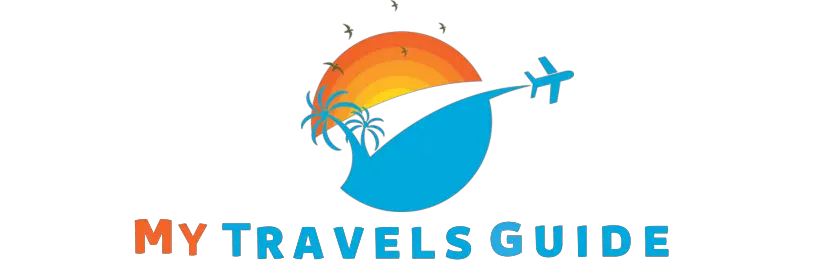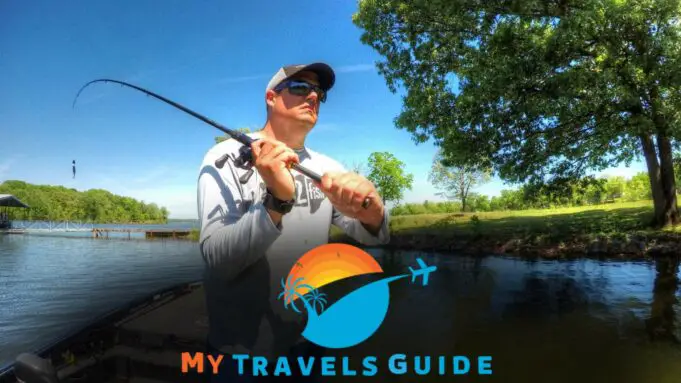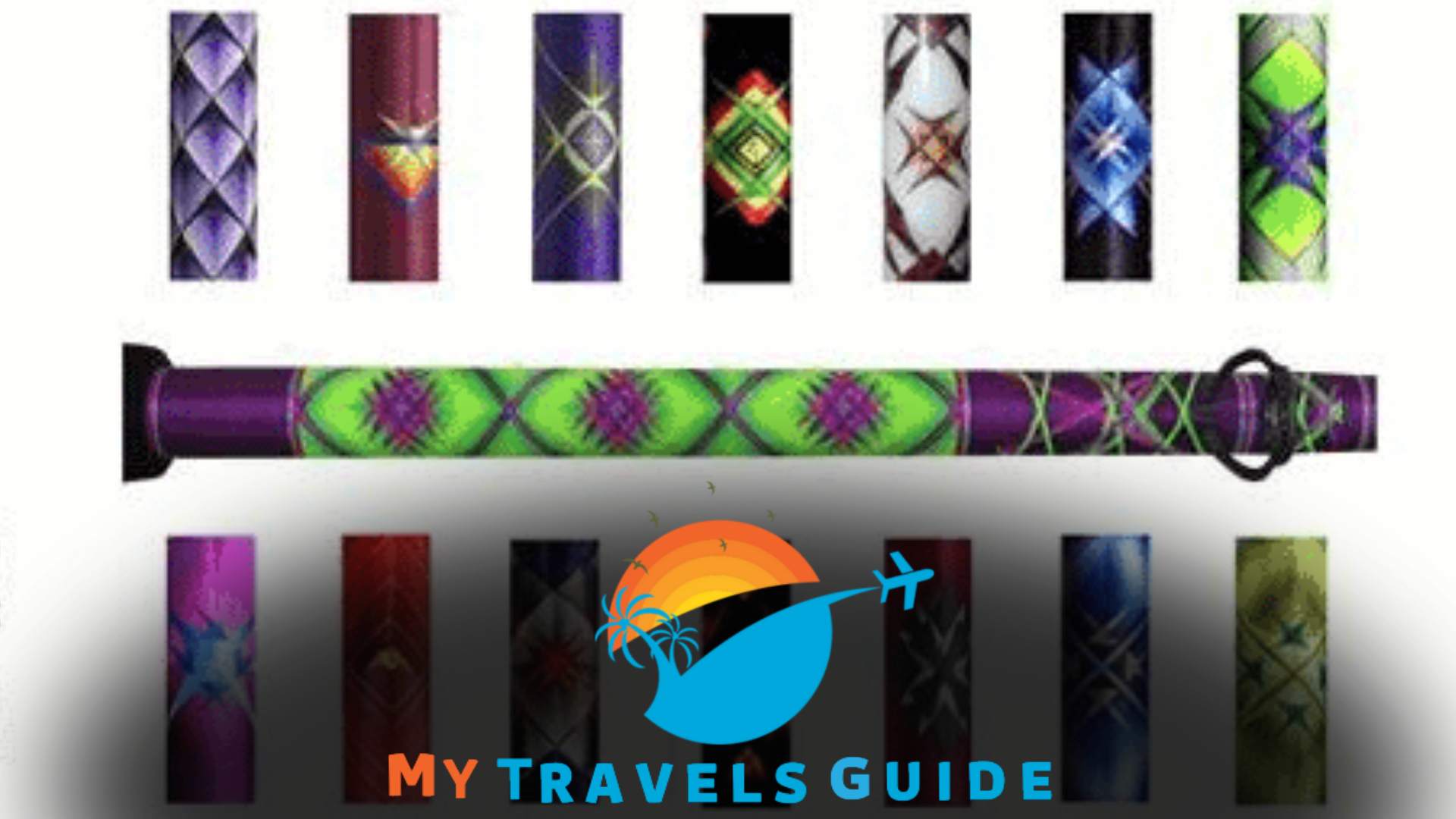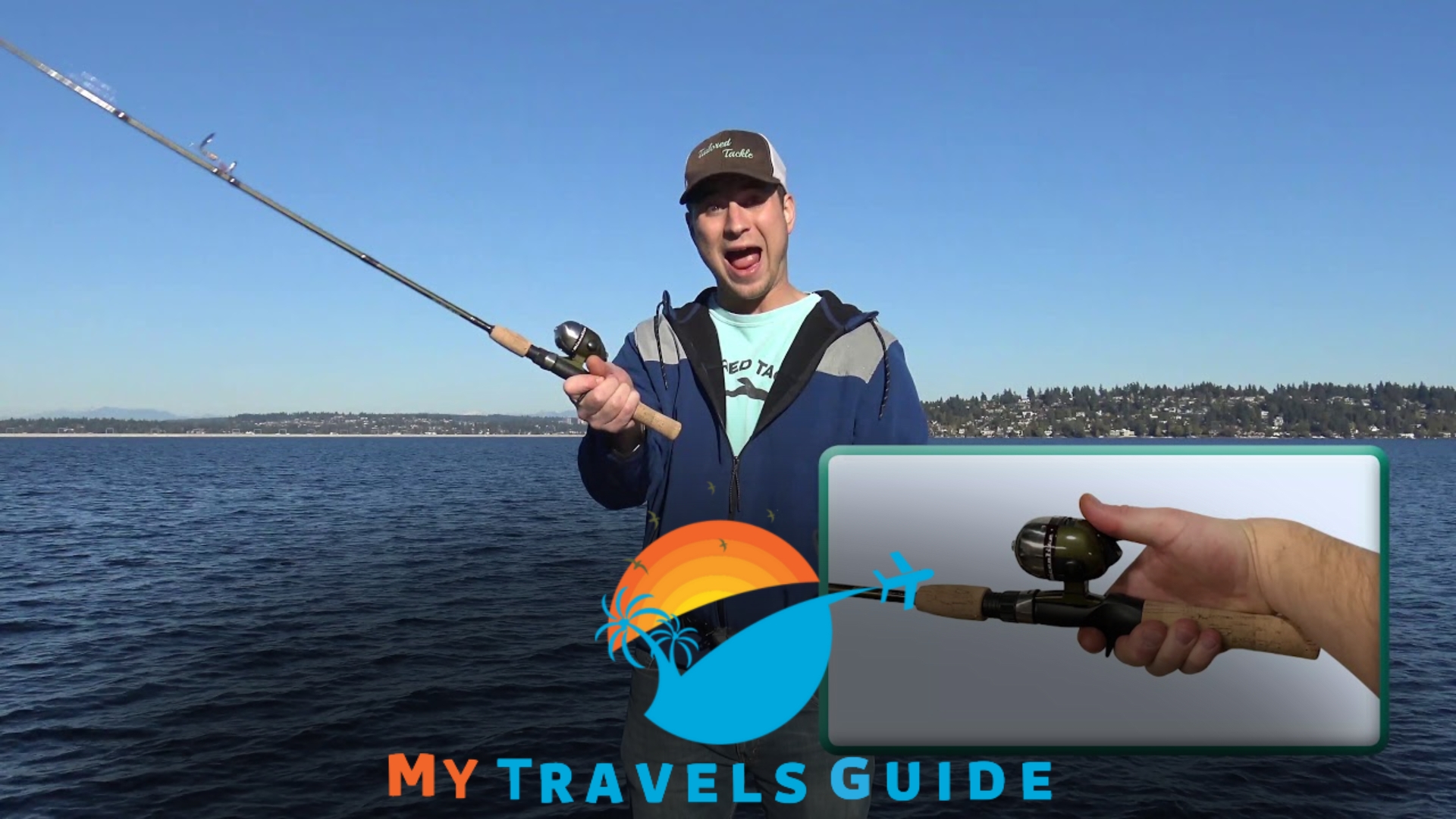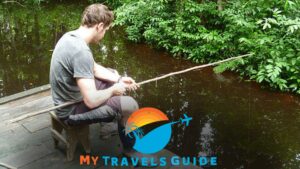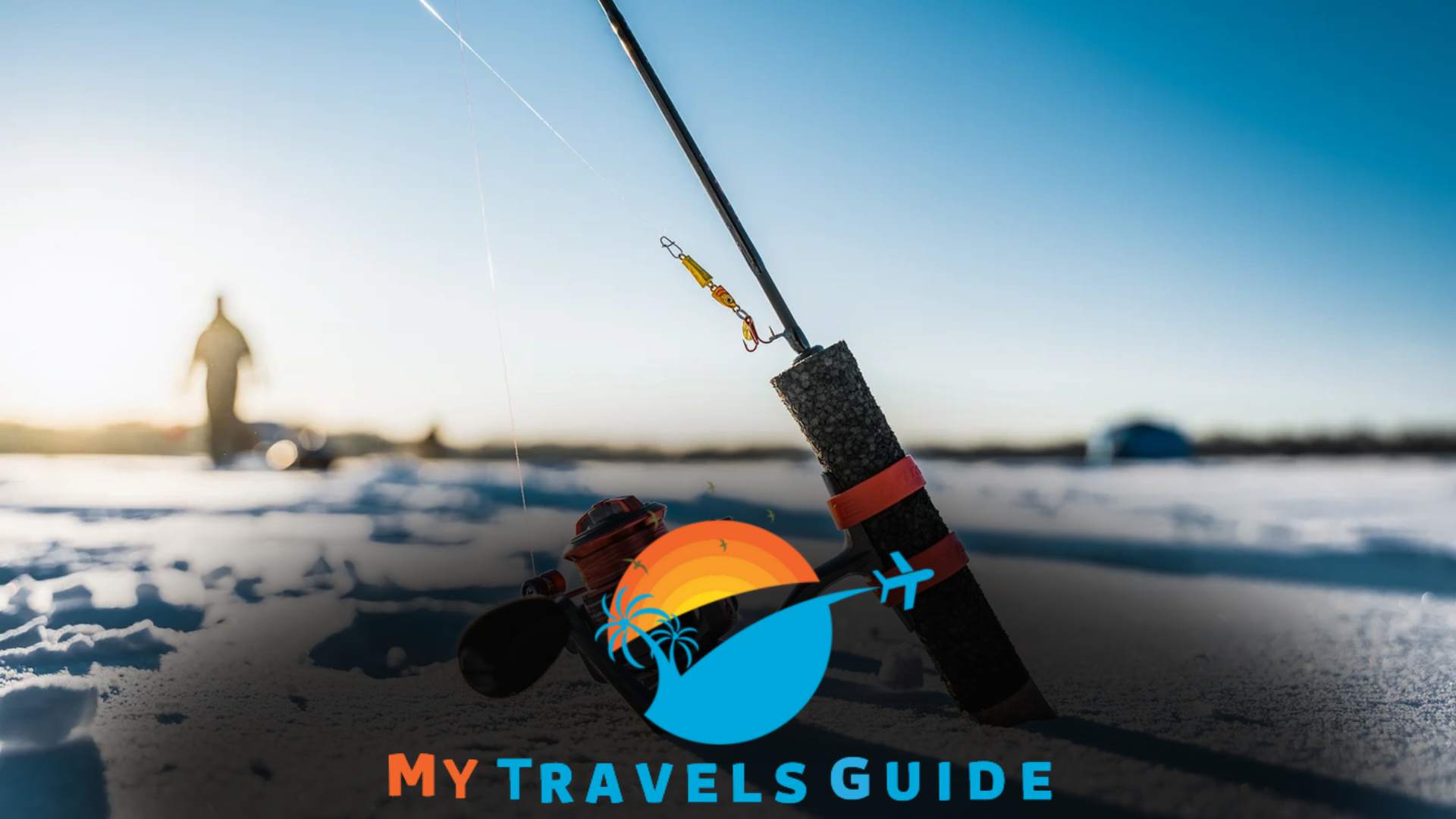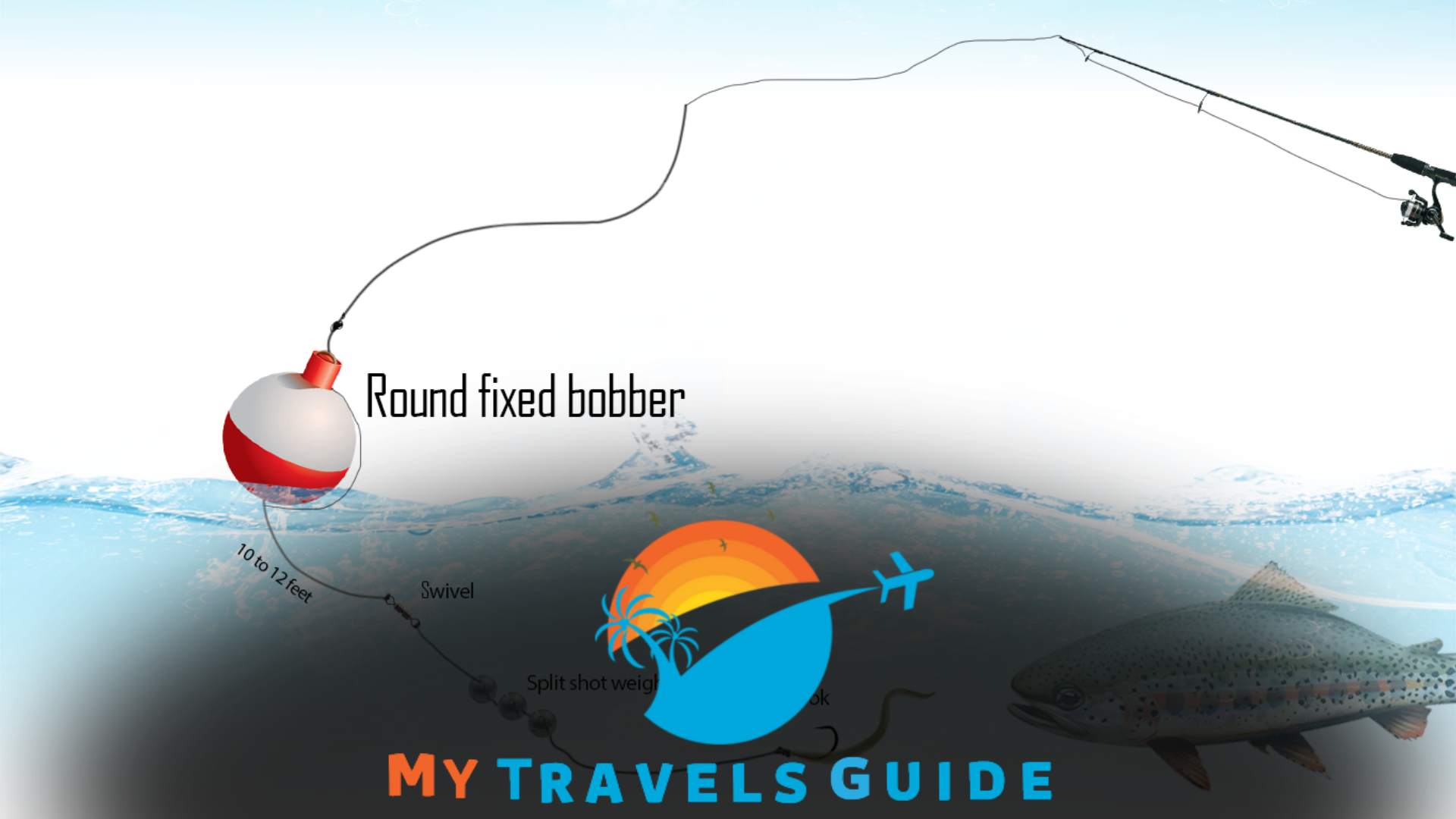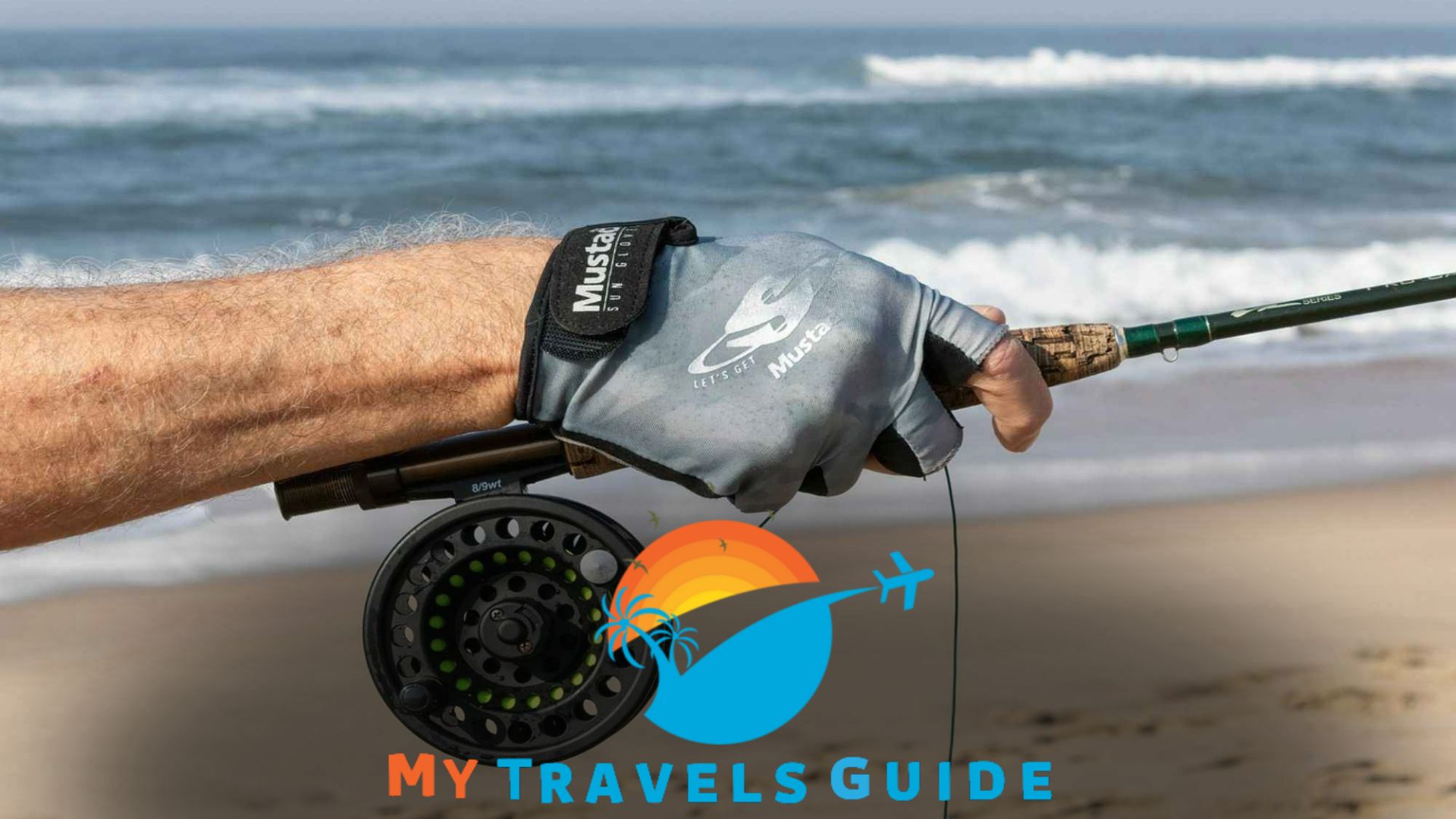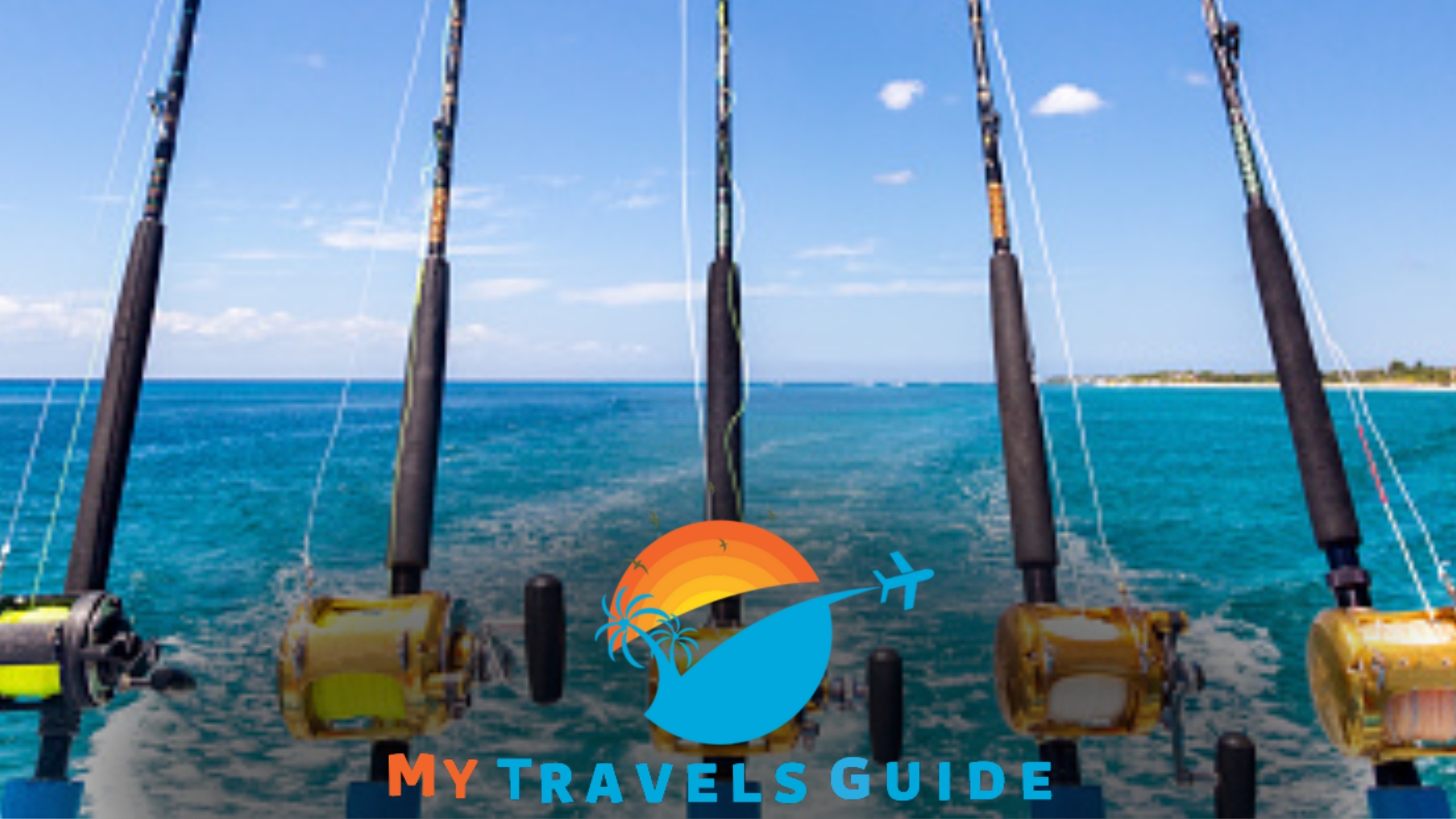In this article:
To set up a fishing rod for lake fishing, follow these steps: choose the right fishing rod and reel combo, select the appropriate fishing line and tie it to the reel, attach a suitable fishing hook or lure to the line, and add any additional weights or bobbers as needed. After setting up your fishing rod, you can cast your line and start fishing in the lake.
Fishing in a lake can be a rewarding experience for anglers of all levels. Whether you are a beginner or an experienced angler, correctly setting up your fishing rod is essential for success on the water.
We will guide you through setting up a fishing rod for lake fishing.
From selecting the right rod and reel combo to attaching the appropriate fishing line and hook or lure, we’ll cover all the necessary steps to prepare you for a fruitful fishing day.
So, without further ado, let’s dive into how to set up a fishing rod for lake fishing.
If you’re interested in crafting your own fishing gear, check out our guide on how to make a fishing rod for a hands-on approach to creating the perfect tool for your angling adventures.
Choosing the Right Fishing Rod for Lake Fishing
Choosing the perfect fishing rod for lake fishing involves considering several important factors.
Firstly, it is essential to examine the different types of fishing rods available and their suitability for lake fishing.
Secondly, the length of the rod plays a vital role in determining casting distance and accuracy.
The rod’s power should also be considered, as it determines the force needed to catch different fish species in the lake. Moreover, understanding the rod’s action is crucial for successfully hooking and landing fish.
Whether fast, moderate, or slow action, each has advantages in lake fishing.
By carefully evaluating these factors, anglers can ensure they have the right fishing rod for a successful and enjoyable lake fishing experience.
Setting Up the Fishing Reel for Lake Fishing
Setting up the fishing reel for lake fishing begins with selecting the right reel for the job. It is essential to understand the different types of reels available and their benefits for lake fishing.
Once you’ve chosen the appropriate reel, it’s time to install and secure it onto your fishing rod properly.
This ensures that the reel functions optimally during your fishing trip. Follow the manufacturer’s instructions for attaching the reel to the rod, ensuring a secure fit. You’ll be well-prepared for a successful day on the lake by setting up your fishing reel correctly.
As parents, one common question that often arises is, how long do kids use strollers? We explore the factors influencing stroller usage and provide insights into when it might be time to transition your child.
Attaching the Fishing Line to the Rod and Reel
To set up a fishing rod for lake fishing, properly attach the fishing line to the reel. One important consideration is choosing the right fishing line for lake fishing.
Once you have selected the appropriate line, follow these steps to ensure a secure and aligned attachment.
First, thread the line through the rod’s line guides, starting at the tip and working towards the reel. Second, open the bail on the reel to create a path for the line. Third, tie the line to the reel using a secure knot, such as an arbor or improved clinch knot.
Fourth, close the bail to hold the line in place. Finally, reel in the line, ensuring it is aligned properly and without tangles. Following these guidelines, you can effectively set up your fishing rod for lake fishing.
Rigging the Fishing Rod With the Proper Tackle
Understanding the different types of fishing tackle for lake fishing is crucial in rigging your fishing rod properly. You can optimize your fishing rod’s performance by selecting the appropriate tackle based on the targeted fish species.
Whether you’re going for small-mouth bass, trout, or catfish, having the right tackle can make all the difference.
Each type of tackle serves a specific purpose, from hooks to sinkers and lures to bobbers. Matching the tackle to the fish you’re after ensures you’re equipped with the most effective tools.
Once you’ve chosen the tackle, rigging your fishing rod correctly is essential.
Properly attaching the line, hook, bait, and other tackle components ensures they work together seamlessly. This allows for smooth casting, accurate presentation, and better chances of catching that trophy fish.
So, take the time to understand the different types of fishing tackle, and rig your fishing rod accordingly for a successful lake fishing trip.
Setting Up the Fishing Rod With Floats or Weights
You can use floats or weights to set up a fishing rod for lake fishing. Properly attaching and adjusting the float or bobber on the fishing line is important.
This helps to detect when a fish bites the bait. Using weights is crucial for lake fishing to achieve the desired fishing depth.
This allows you to target different fish species at various depths in the lake. Adding weights to your fishing line assists in sinking the bait to the right level. Adjusting the weight can ensure the bait stays within the target fish’s strike zone.
This technique improves your chances of success when fishing in lakes. Remember, the correct setup of your fishing tackle is key to a successful fishing experience.
Adding Hooks and Bait to the Fishing Rig
Setting up a fishing rod for lake fishing involves adding hooks and bait to the fishing rig. The first step is choosing the right hooks for lake fishing. Selecting hooks that are suitable for the size of the fish you are targeting is important.
Once you have chosen the hooks, attach them properly to the fishing line. Make sure the hooks are securely fastened to prevent them from coming loose during casting.
After attaching the hooks, it’s time to select and bait the hook with suitable bait for lake fishing.
Different fish species have different preferences, so choose bait that is known to attract the fish you are targeting. Following these steps, you can set up your fishing rod for lake fishing and increase your chances of a successful catch.
Planning a fishing trip to West Virginia? Discover the local regulations and find answers to questions like how many fishing rods can you use in West Virginia to ensure you’re well-prepared for an enjoyable and compliant angling experience.
Adjusting the Fishing Rod for Casting and Retrieval
Adjusting the grip and posture of your fishing rod is crucial for successful casting and retrieval. Mastering casting techniques in lake fishing requires careful attention to how you hold the rod and position your body.
By maintaining a firm and comfortable grip, you can achieve better control and accuracy in your casts.
Additionally, your posture significantly generates the right amount of power and distance in your casts. Standing with your feet shoulder-width apart and keeping your body relaxed while casting is essential.
Moreover, adjusting the fishing rod for efficient retrieval after catching a fish is equally important.
You can smoothly reel in your catch without any hiccups by ensuring that the reel and drag are set appropriately. Taking the time to understand and adjust your fishing rod will greatly enhance your overall fishing experience.
Maintaining and Caring for Your Fishing Rod
Properly cleaning and maintaining your fishing rod after each use is crucial for longevity.
By removing any dirt, debris, or saltwater residue, you can prevent corrosion and damage to the rod. Storing the rod in a suitable case or rack will protect it from accidental breakage or bending.
By recognizing signs of wear, such as frayed guides or a loose reel seat, you’ll know when to replace components to ensure optimal performance.
Regular inspection and maintenance are key to keeping your fishing rod in top shape and ready for your next fishing excursion.
So, remember to clean, store, and inspect your rod to maximize its lifespan and enjoyment on the lake.
Safety Precautions for Lake Fishing With a Fishing Rod
Lake fishing with a fishing rod requires taking safety precautions seriously. Always prioritize safety by wearing protective gear and using appropriate accessories.
Additionally, it is crucial to familiarize yourself with fishing regulations and practice responsible fishing etiquette. Being aware of potential hazards while lake fishing is essential.
This includes understanding the weather conditions and potential risks associated with your fishing spot and having knowledge of any dangerous wildlife.
By following these guidelines, you can ensure a safe and enjoyable fishing experience on the lake. Remember, safety should always be your top priority when setting up a fishing rod for lake fishing.
Frequently Asked Questions
How Do You Rig a Lake Fishing Rod?
To rig a lake fishing rod, follow these steps:
- Choose a fishing rod suitable for lake fishing.
- Attach a reel to the rod by matching the reel’s foot with the reel seat.
- Thread the fishing line through the rod guides from the tip and secure it to the reel’s spool.
- Tie an appropriate fishing knot to connect the hook, lure, or bait to the end of the line.
- Adjust the drag on the reel to ensure the fish can pull the line without breaking it.
- If using a bobber or float, attach it to the line above the hook to keep the bait at the desired depth.
- Cast the line into the lake by swinging the rod backward, then forward, releasing the line as it propels forward.
- Monitor the line for any bites or movement indicating a fish is interested in the bait.
- When ready, set the hook with a firm, upward motion to ensure it catches in the fish’s mouth.
- Reel in the fish by turning the reel handle gently.
By following these steps, you can successfully rig a lake fishing rod.
How Do You Set Up a Fishing Rod for Fish?
To set up a fishing rod for fish, follow these steps:
- Attach the fishing reel to the rod’s reel seat.
- Thread the fishing line through the rod’s guides, starting from the stripper guide at the tip.
- Tie a secure knot to attach the line to the reel spool.
- Wind the line onto the reel, ensuring it’s evenly distributed and tight.
- Attach a fishing hook or lure to the line using an appropriate knot.
- Add weights or sinkers to the line to help the bait sink if necessary.
- Adjust the fishing rod’s drag system to the desired tension.
- Finally, test the setup by casting the line into the water and reeling it back to ensure everything works smoothly.
These steps will help you effectively set up your fishing rod for a successful fishing experience.
How Do You Rig A Fishing Line For Beginners?
To rig a fishing line for beginners, follow these simple steps:
- Start by selecting the right fishing line based on your fishing needs and the type of fish you’re targeting.
- Attach a fishing hook to the end of the line using a strong knot like the improved clinch knot or the Palomar knot.
- Slide a fishing weight or sinker onto the line above the hook to help your bait sink to the desired depth.
- Tie a swivel to the line above the weight to prevent it from sliding further.
- Attach a leader line to the other end of the swivel, which acts as a connector between the main line and the hook.
- Add your bait or lure to the hook and cast your fishing line into the water.
Remember to adjust your rigging technique based on the fishing conditions and the species you target. Practice and experience will help refine your technique as you gain familiarity with fishing.
What Kind of Rod is Best for Lake Fishing?
The best rod for lake fishing is a medium to medium-heavy spinning rod. It offers versatility and a balance between strength and sensitivity. This rod type targets fish species in a lake, including bass, trout, and panfish.
Its length should range from 6 to 7 feet, allowing for long casts and better control. Furthermore, it should have a light and responsive tip for detecting subtle bites while maintaining enough power to handle larger fish.
Depending on personal preference and budget, the rod material can be graphite or fiberglass.
A medium to medium-heavy spinning rod is the most suitable choice for successful lake fishing adventures.
How Do I Set Up a Fishing Rod for Lake Fishing?
To set up a fishing rod for lake fishing, start by attaching the reel to the rod, threading the fishing line through the guides, and tying it on a suitable fishing hook.
Conclusion
Setting up a fishing rod for lake fishing is a crucial task that requires attention to detail and an understanding of the specific techniques and equipment needed.
Following the steps outlined in this blog post, you can ensure your fishing rod is properly assembled and ready for a successful day out on the water.
Remember to choose the right reel, select the appropriate line and tackle, and adjust your rod’s length and action to match the lake’s conditions. Additionally, don’t forget to check for any damages or wear and tear on your rod to ensure its longevity.
Setting up your fishing rod properly will greatly increase your chances of catching fish and enjoying a rewarding fishing experience. So grab your gear, head to the lake, and make the most of your fishing adventure!
